Iowa Land Use Changes
Author
Published
11/28/2022
Iowa has roughly 28.6 million acres of land that historically has been considered cropland or cropland pasture. Corn has been the most popular crop on this land for more than 100 years. In 1930 there were 10 major crops raised in Iowa. Corn occupied 40% of the cropland, and cropland pasture accounted for nearly 35% of the cropland while barley, flaxseed, oats, rye, sorghum, soybeans, sugar beets, and wheat took up the remaining 26% of the cropland acreage.
By 1982, corn had increased to 50% of the cropland acreage and cropland pasture had decreased to just 9% of the land area while soybeans were emerging as the new crop taking up 31% of the cropland acres. Barley, flaxseed, and sugar beets were no longer reportable crops in Iowa and a few years later rye and grain sorghum would drop off the list of crops that USDA reported on for Iowa (Figure 1).
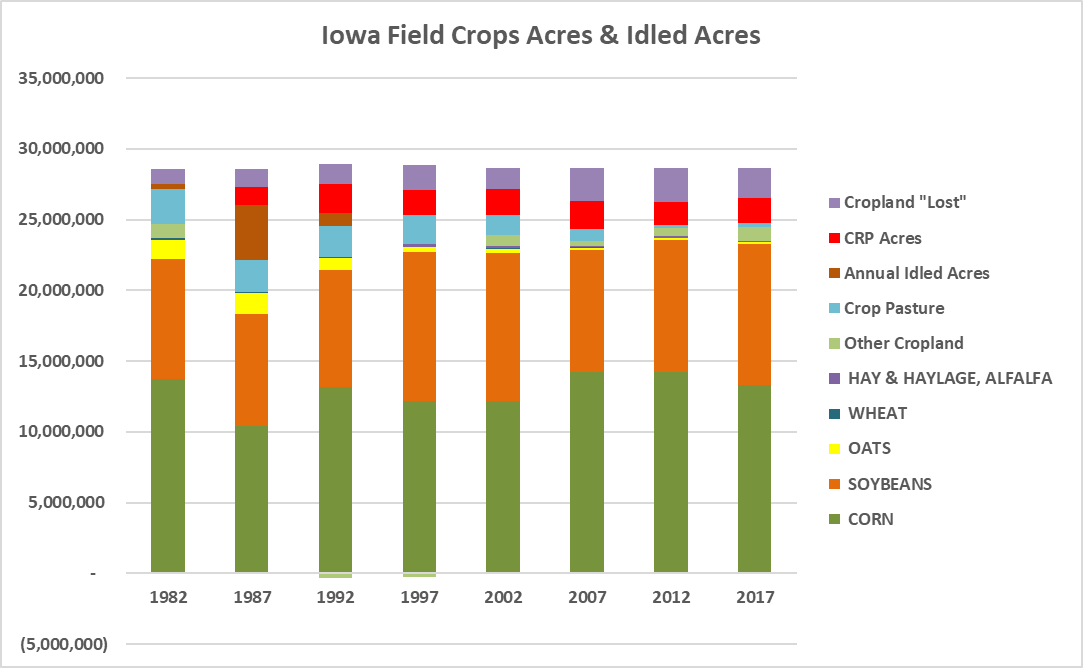
Figure 1. Iowa Field Crops Acres & Idled Acres
Conservation and “idled” acres have been a part of the Iowa farm landscape since the 1930s. Annual idling of cropland was a significant policy tool that was used intermittently during the 1950s, 60s, 70s, 80, and up until 1995. Multi-year conservation programs such as the Soil Bank were instituted in the 1950s and 1960s but it was the Conservation Reserve Program (CRP) that was authorized in the 1985 farm bill that has endured as the centerpoint of land devoted to conservation applications for the past 36 years. In Iowa CRP acres peaked at 2.2 million acres in 1994 and have declined to 1.69 million acres in 2022.
Harvested cropland in Iowa has stabilized between 25 and 26 million acres with corn and soybeans accounting for 88-89% of harvested cropland. Cropland devoted to pasture has declined over the past 80 years. In 1940 there were 6.3 million acres of cropland devoted to pasture (Figure 2).
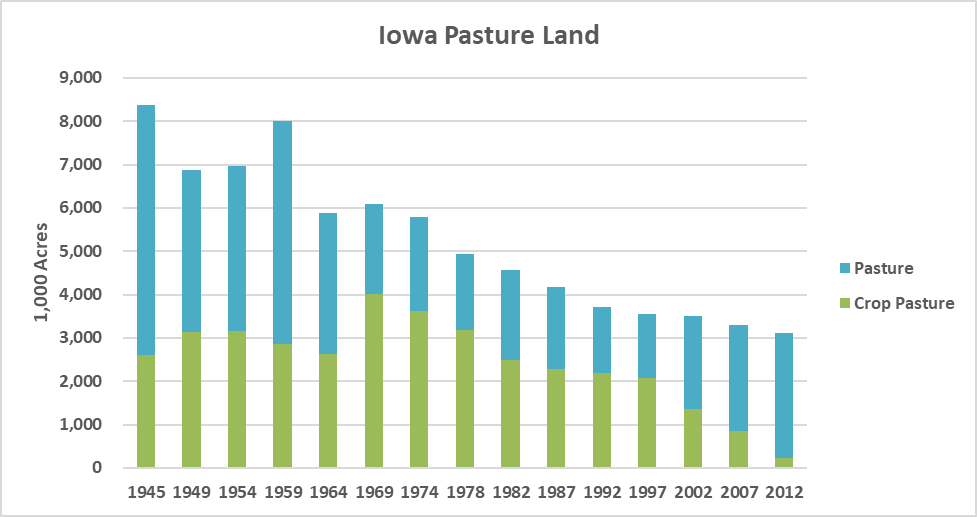
Figure 2. Iowa Pasture Land
By 1982 cropland used as pasture had declined to 2.5 million acres as tractors replaced horses, dairy farms adopted drylot and freestall production practices and hog production moved into enclosed facilities that enhanced productivity. Pastured cropland has continued to decline and in the most recent agricultural census was estimated at 261 thousand acres. Permanent pasture in Iowa has also declined from nearly 7 million acres in 1945 to 3.4 million acres in 1982 and most recently was estimated to be 2.1 million acres.
Non-pastured woodland area in Iowa has increased. It reached a low of 225 thousand acres in 1945, more than doubled to 500 thousand acres in 1982 and most recently was estimated to be 785 thousand acres.
Total cropland acres in Iowa are declining. Over the past 40 years total cropland acres have declined by 2.1 million acres in Iowa. Most of these acres have been lost to development which expands across Iowa at an average annual rate of about 51,700 acres per year. The reverse side of this is that non-farm land use in Iowa is increasing over time. In 1945 there were just over 6 million acres of non-farm land use in Iowa. By 2007 non-farm land use had grown to 8 million acres (Figure 3).
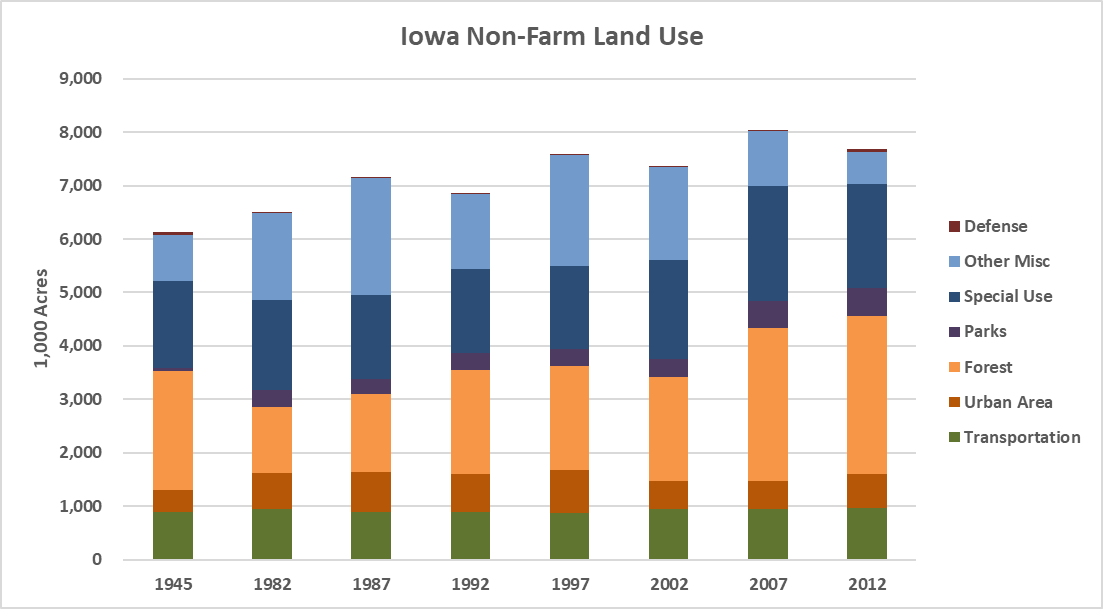
Figure 3. Iowa Non-Farm Land Use
CRP
As of September 2022, Iowa has 1,693,946 acres enrolled in the CRP program. Iowa’s enrollments in CRP peaked in 1994 at 2,203,794 acres. The average rental rate in Iowa is 233.94 per acre. It is the highest average rental rate in the country.
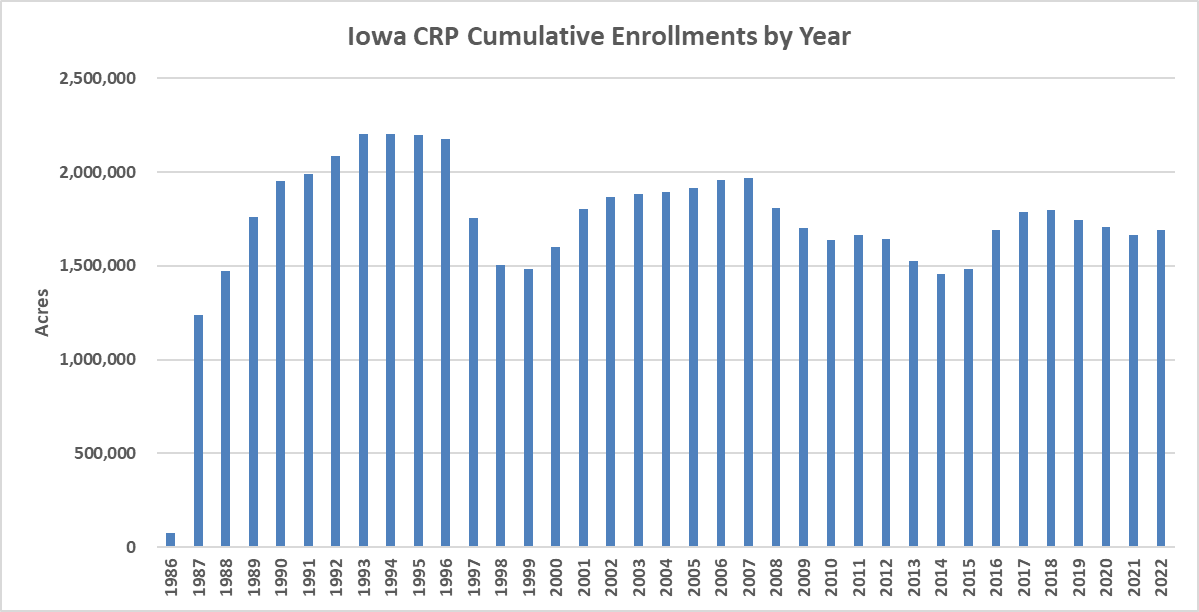
Figure 4. Iowa CRP Cumulative Enrollments by Year
Enrollments in the CRP by county are shown in Figure 6 through Figure 10. Ringgold county has the most CRP with 46,492 acres in 2020 (Note: county level CRP acreage was only available through 2020.) Lyon county has the least amount of CRP in Iowa with 2,936 acres. There are 10 counties with 30,000 or more CRP acres; 24 counties with 20,000 to 30,000 CRP acres; 15 counties with 14,000 to 20,000 CRP acres; 18 counties with 12,000 to 14,000 CRP acres; 24 counties with 9,000 to 12,000 CRP acres, and 14 counties with less than 9,000 CRP acres.
There has been a myriad of pathways for CRP acreage enrollment levels within the individual counties. Many counties that had relatively large CRP enrollments in the 1980s and 1990s have seen a net reduction in CRP enrollment levels in the past 10 or 20 years. Whereas many counties that did not have large CRP enrollments in the first 20 years of CRP have seen enrollment acreage increase as CRP acreage changed from almost all general sign-ups to more targeted continuous enrollment sign-ups.
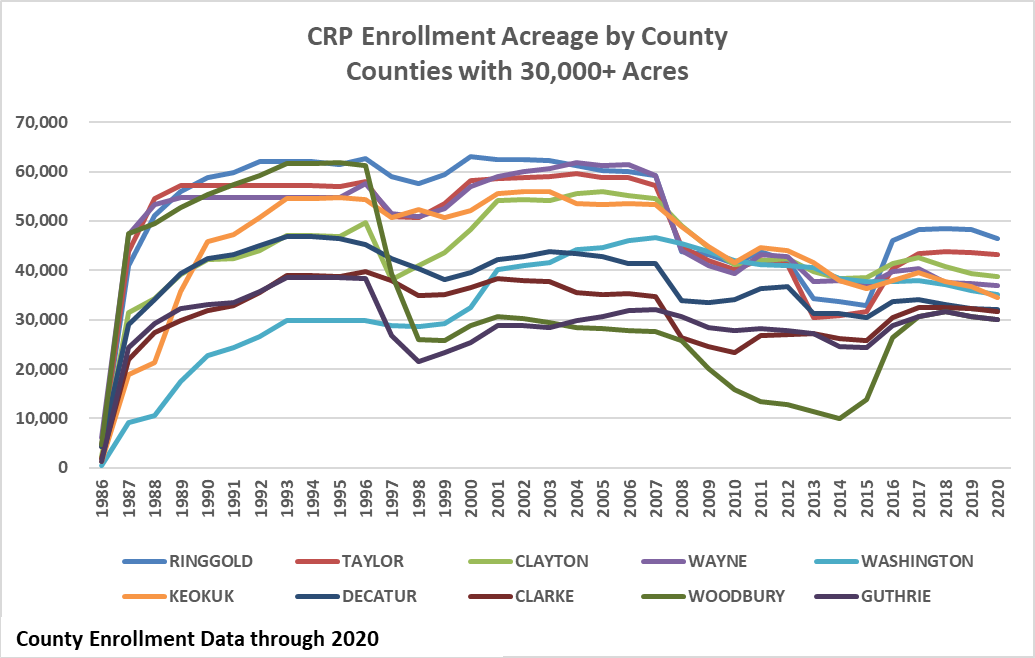
Figure 5. CRP Enrollment by County, Counties with 30,000+ Acres
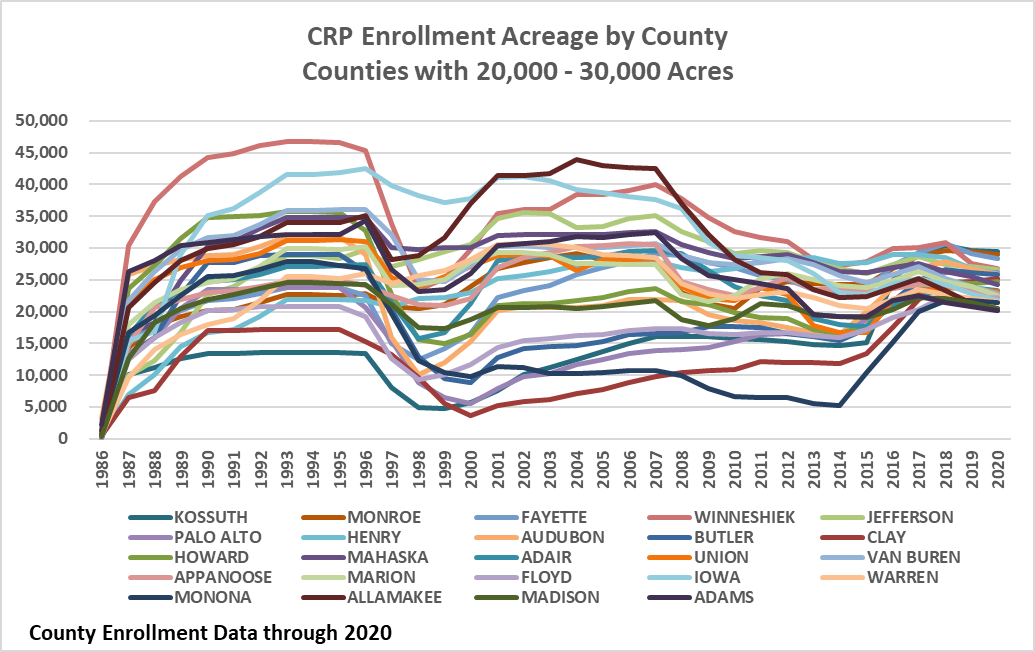
Figure 6. CRP Enrollment Acreage by Cou8nty, Counties with 20,000 - 30,000 Acres
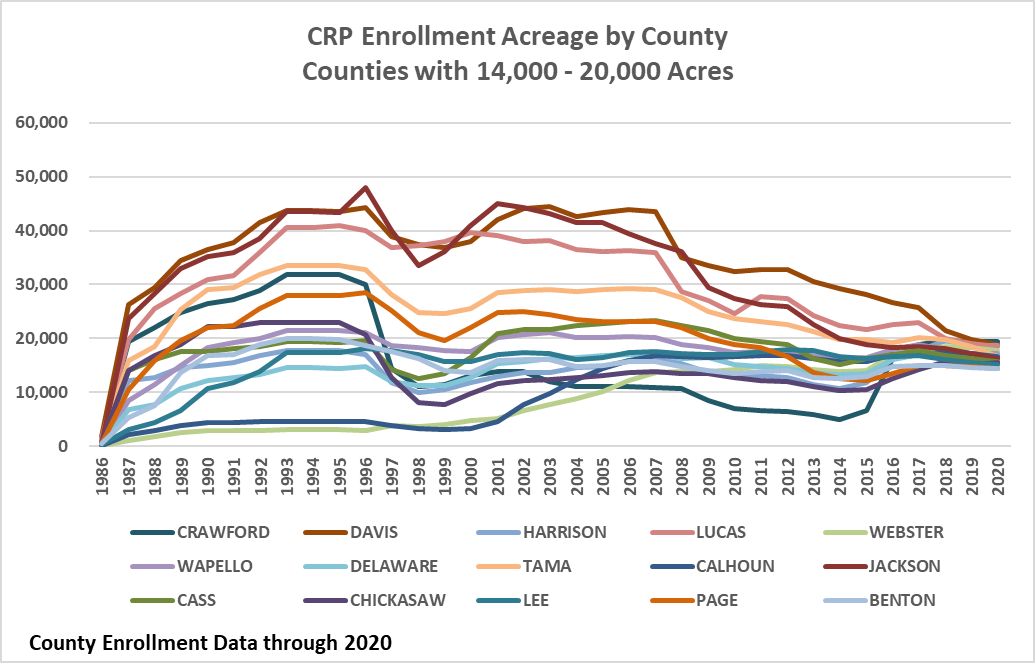
Figure 7. CRP Enrollment Acreage by County, Counties with 14,000 – 20,000 Acres
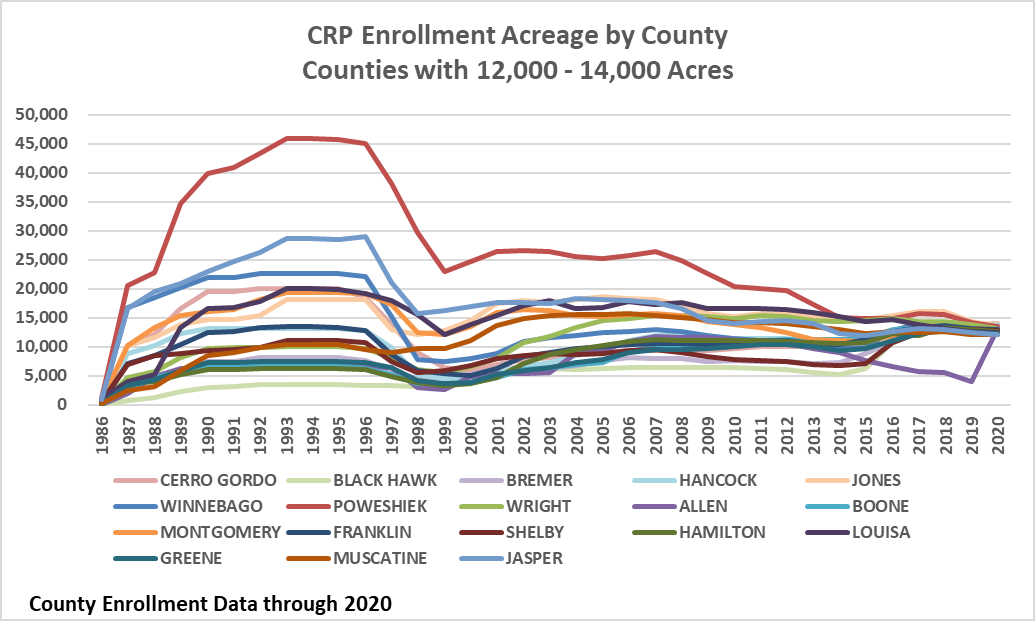
Figure 8. CRP Enrollment Acreage by County, Counties with 12,000 – 14,000 Acres
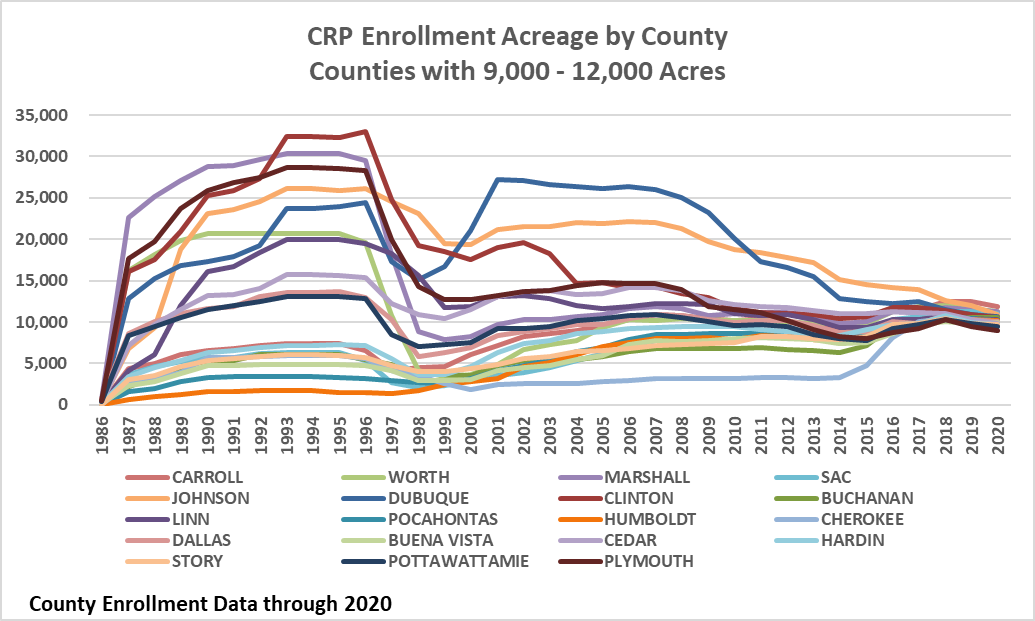
Figure 9. CRP Enrollment Acreage by County, Counties with 9,000 - 12,000 Acres
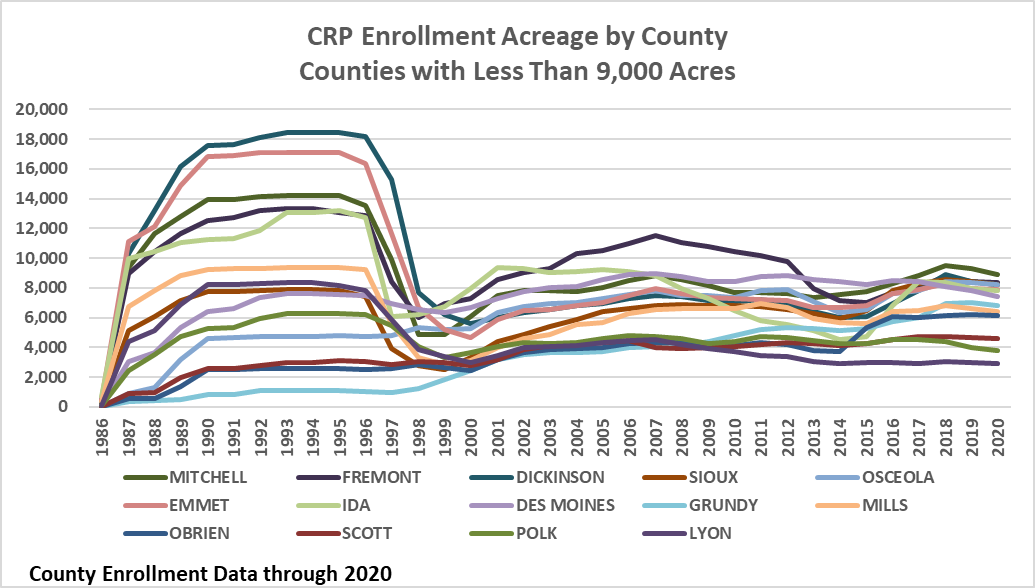
Figure 10. CRP Enrollment Acreage by County, Counties with Less Than 9,000 Acres
County average rental rates for CRP in 2022 range from $276/acre in Grundy County, to $148/acre in Lucas County. There are 14 counties with county average CRP rental rates greater than $250/acre; 20 counties with rental rates between $235 to $250 per acre; 29 counties with rental rates between $220 to $235 per acre; 18 counties with rental rates between $200 to $220 per acre; and 14 counties with CRP rental rates less than $200 per acre (Figure 11 to Figure 15). While CRP rental rates have moved higher over time, most counties had a reduction in rental rates for new CRP in 2020 in response to the directives to USDA in the farm bill that was signed in December 2018.
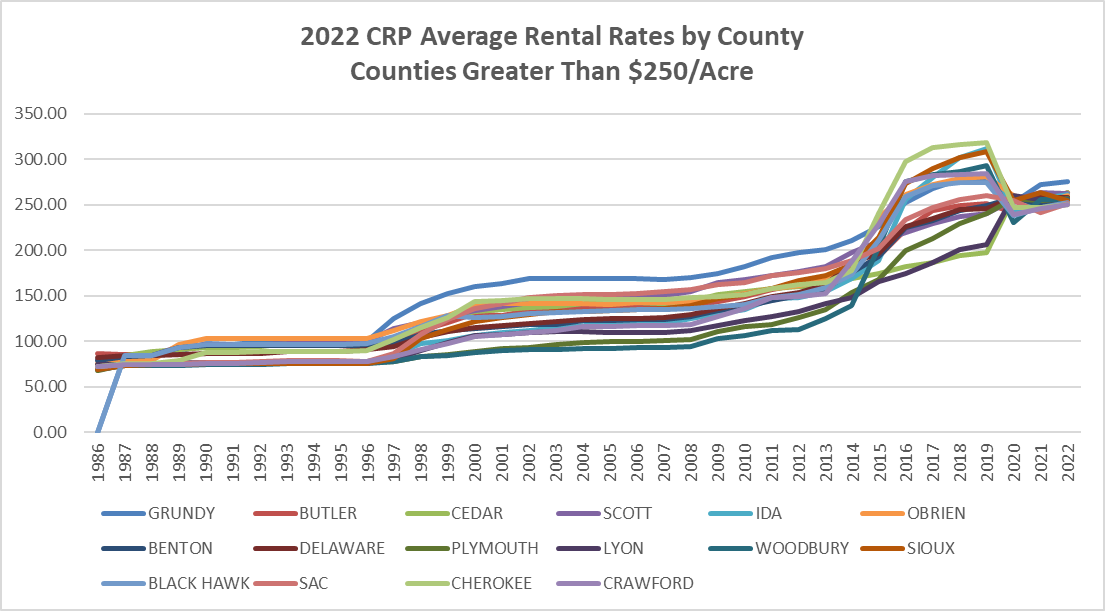
Figure 11. 2021 CRP Average Rental Rates by County, Counties Greater Than $250/Acre
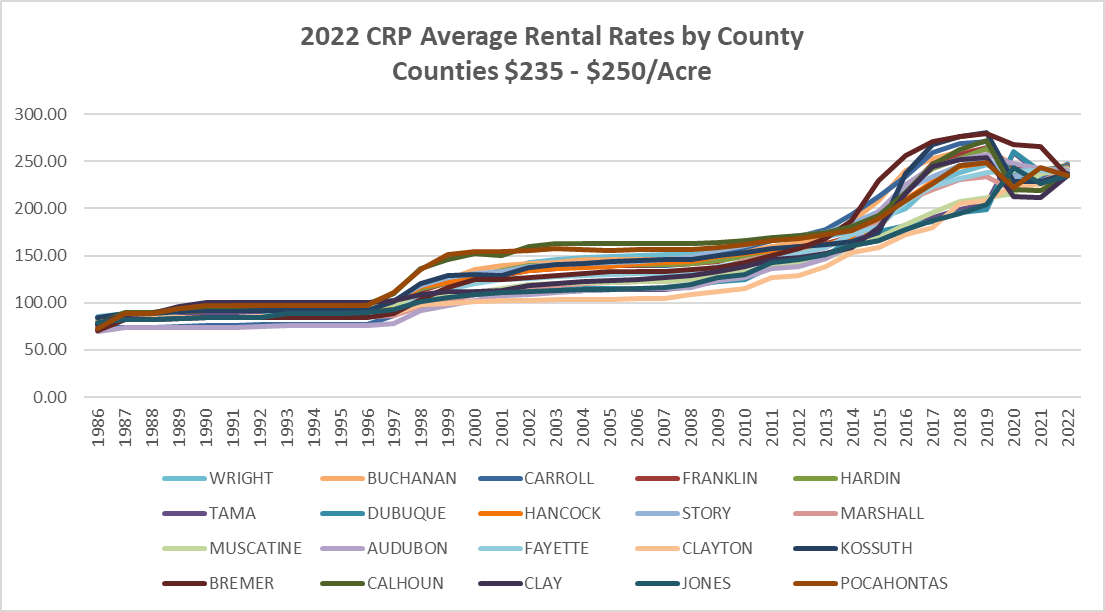
Figure 12. 2021 CRP Average Rental Rates by County, Counties $235 - $250/Acre
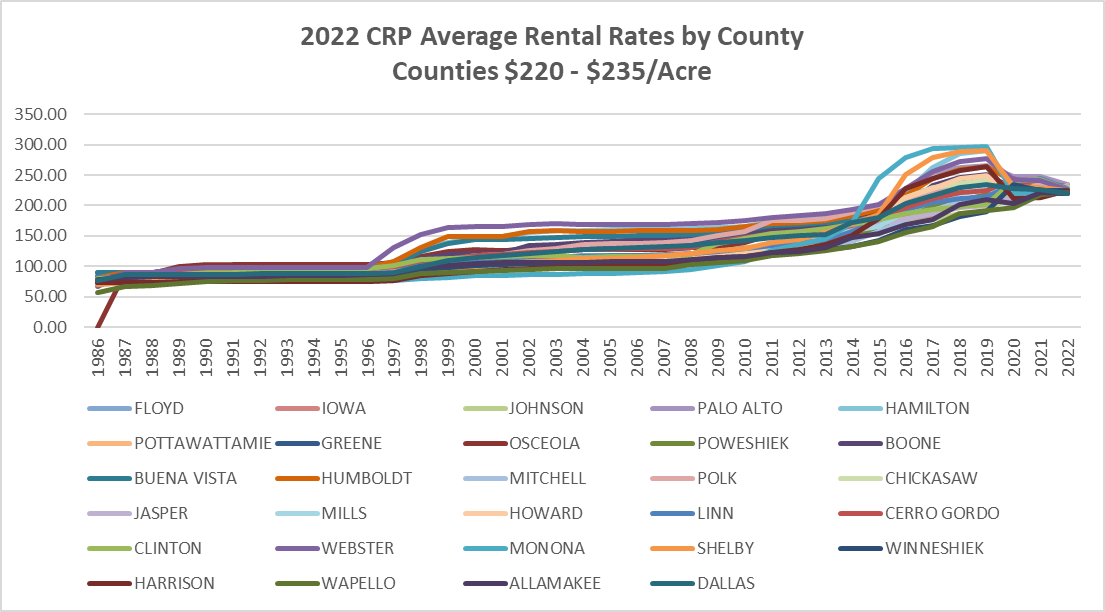
Figure 13. 2021 CRP Average Rental Rates by County, Counties $220 - $235/Acre
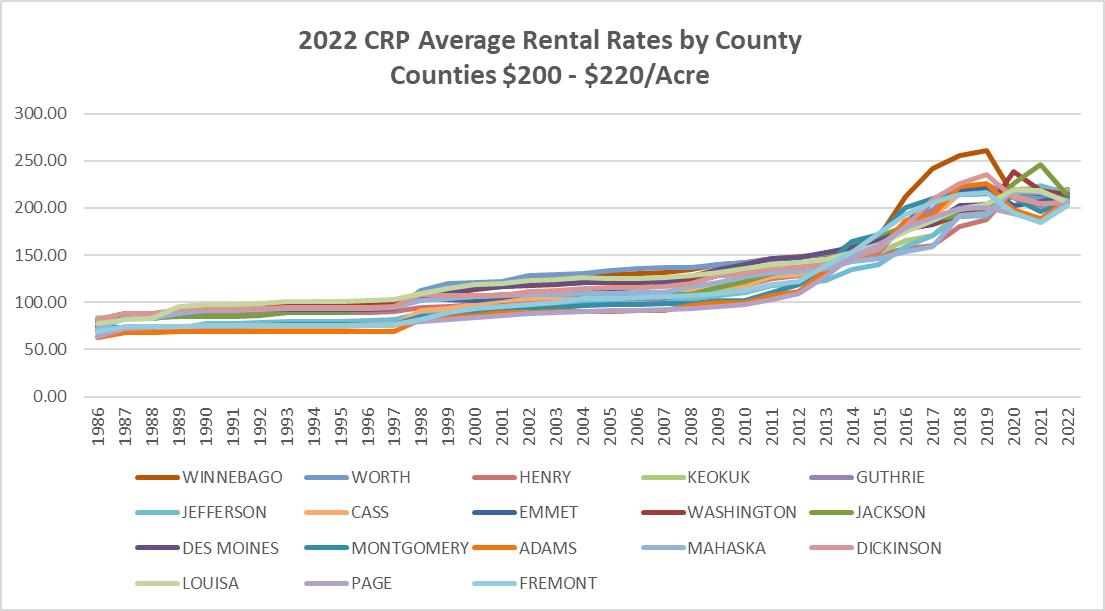
Figure 14. 2021 CRP Average Rental Rates by County, Counties $200 - $220/Acre
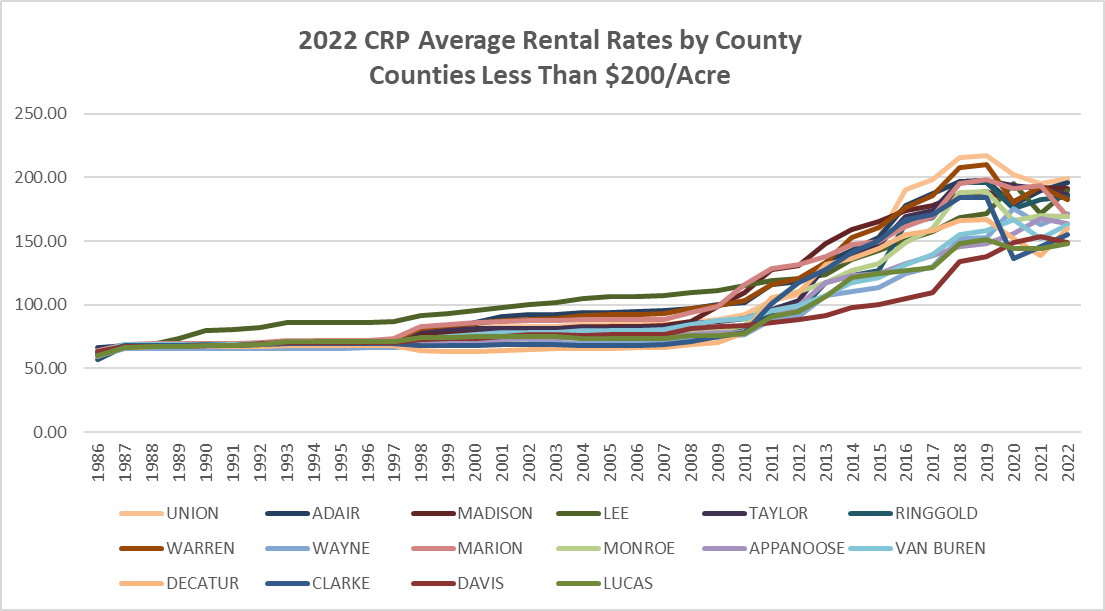
Figure 15. 2021 CRP Average Rental Rates by County, Counties Less Than $200/Acre
Economic analysis provided by David Miller, Consulting Chief Economist, Decision Innovation Solutions on behalf of Iowa Farm Bureau.
Want more news on this topic? Farm Bureau members may subscribe for a free email news service, featuring the farm and rural topics that interest them most!